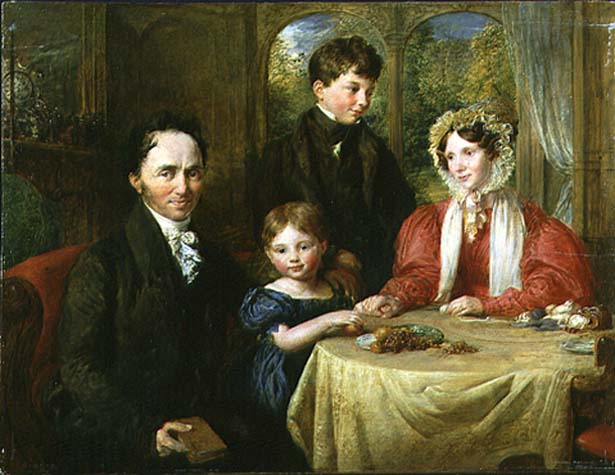Case study: Portraits workshop at Bolton Museum and Archive Service – Lesson plan
Location: Bolton Museum and Art Gallery
Length: 2 hours
Curriculum Links:KS1 & KS2 Schemes of Work Art and Design Unit 1A: Self-portrait Art and Design Unit 3A: Portraying relationships
Aim: To provide pupils with an enjoyable, exciting and inspirational learning experience, using paintings in the Art Gallery to show how portraits can communicate different meanings and convey ideas about relationships through pose, expression and clothing.
Objectives:
- To encourage awareness of why portraits are made
- To use paintings to show how portraits can communicate messages about the sitter to the viewer, focusing on pose, expression & clothing
- To show how portraits and photographs can convey ideas about relationships between people.
- To develop observation and drawing skills for KS1 & KS2 pupils
- To develop pupils’ visual vocabulary and their listening and speaking skills
Introduction to Portraits – in front of a portrait ask questions such as:
- ‘What is a portrait?’, Why would someone have their portrait painted?
- Portrait in a pocket! (i.e. money and stamps). 10 min approx
Turn attention to the actual portrait and look at:
- Who the person is (if known)?, Whether they are rich or poor?, Why was the portrait painted? etc
Explore the Gallery
Divide class into 4 groups with an adult. Ask them to explore the gallery and look for portraits that includes certain objects and articles of clothing that they think are important. Gather groups back at one portrait and look at it in depth – giving historical and artistic information through observational Q & A. Look at how the portrait is different from others – size, shape, clothes etc.
Activity: Dressing up and drawing individual portraits
In their 4 groups, ask all the children to choose a costume from their box and get dressed. One child will be the ‘sitter’ and one child will be the ‘artist’, who will draw a portrait. Each child will swop over between being the artist and sitter. The teacher can take digital photos to document activity so that they have reference for further work back at school. Finish the activity with a showing of their work and feedback.
Group Portraits
How portraits can convey ideas about relationships between people. Children to stay in costume and gather in front of a group portrait (for example Portrait of William Albin Garrett and Family, 1830 by John Linnell). Ask the children who is in the group, and ask them to consider the relationships between family members looking at position within group, pose, relative size, expressions, consider the setting, clothes and medium of the work.

William Albin Garrett and Family by John Linnell, 1830
© Bolton Council, from Bolton Museum and Archive Service
Photography and portraits
Explain the medium of photography and show examples of group portrait photos. Ask questions such as: What can you see in this photograph?, Who are the people in the photograph?, Why are they together in this portrait? etc
Look at “Sergeant Pepper” album cover – photograph of an iconic group portrait collage, very diverse group of people, many different costumes. Finally, arrange all the children in one large group for a “Sergeant Pepper” style photo. Teachers to take photos to take back to school to use as the focus for further work.
